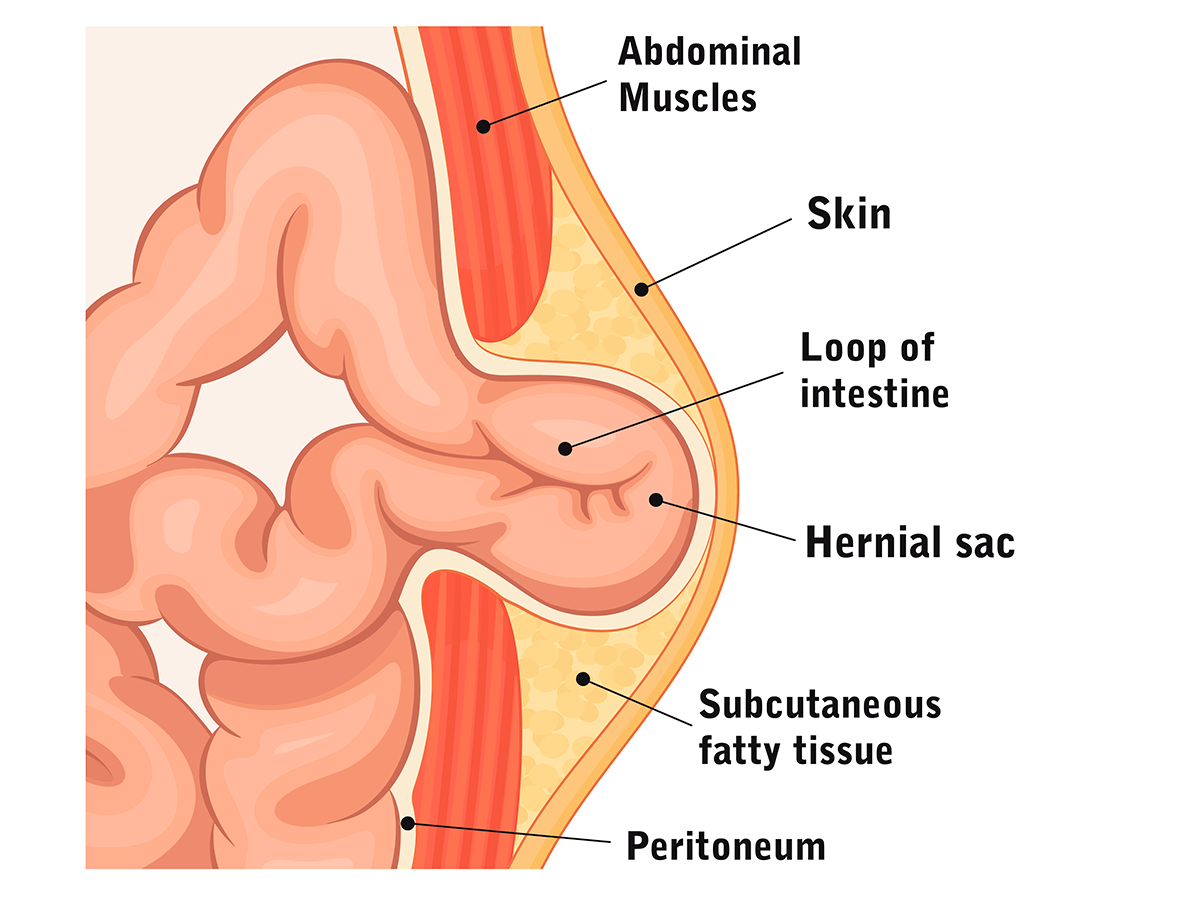- +52 664 761 5349
- contact@tijuanasurgery.com
- Paseo de los Héroes 9211 Edificio Xtal Zona Rio Tijuana BC México 22010

Umbilical hernia is defined as a bulge around the navel, which may contain omentum, part of the small intestine or large intestine.
The main symptom of umbilical hernias is the presence of a lump or swelling in the navel. It can also produce a vague or diffuse discomfort in the navel that increases with exertion.
An umbilical hernia if not treated surgically can be complicated by:

Umbilical hernia surgery is currently a safe, comfortable and recommended method for most patients. It is performed through a small incision inside the navel area and has very good functional and aesthetic results.
During the umbilical hernia repair, regional anesthesia is administered to the patient, the procedure can be performed most of the time on an outpatient basis and the patient can leave the same day and return to work and normal life a few days later.
Dr. Javier Cisneros Lopez is a general surgeon specializing in inguinal hernia in the city of Tijuana, Baja California Mexico with 26 years of experience and more than 7,000 procedures performed. If you have any symptoms or doubts about your health, schedule an appointment here to receive medical attention appropriate to your condition.
It is the outflow of contents from the abdominal cavity, through a weakened orifice in the abdominal wall. In this case, an area of weakness such as the umbilical region.
It represents 10% of abdominal hernias.
By the appearance of a lump in the umbilicus that increases in size with increased intra-abdominal pressure (coughing, sneezing, exercise, pregnancy, etc.) and may disappear with decubitus. It may cause discrete pain and deformation of the umbilical region.
If this lump becomes irreducible (does not disappear) or very painful, it may be a case of incarceration (entrapment of its contents, which can become an intestinal loop) and in this case, urgent consultation is necessary.
As I mentioned above, the main diagnostic sign is the appearance of a lump in the umbilical region. Diagnosis is simple, by examination by a general surgeon. It usually does not require any complementary exploration for its diagnosis.
The only treatment that solves an umbilical hernia is surgical.
It consists of making a small incision inside the umbilicus, dissecting the hernia sac until the hernial orifice is identified. According to the clinical guidelines for the treatment of umbilical hernia, if the orifice is less than 1 cm, primary closure (i.e. stitches) is performed. If the size is larger it may require the placement of a reinforcement mesh.
This technique can be performed under regional or general anesthesia, but is usually performed under regional anesthesia.
It requires a minimum hospital stay of 4 to 6 hours as outpatient surgery.
According to published studies, recurrence (the appearance of a new hernia) is less than 5% in 5-year follow-ups. Although it is true that there are factors that increase this percentage, such as:
The vast majority of patients can lead a normal life 48 hours postoperatively. It is recommended not to perform abrupt exercise during the first month, since this is the minimum healing time.
Contact information
Copyrights ©2022 – Tijuana Surgery Center